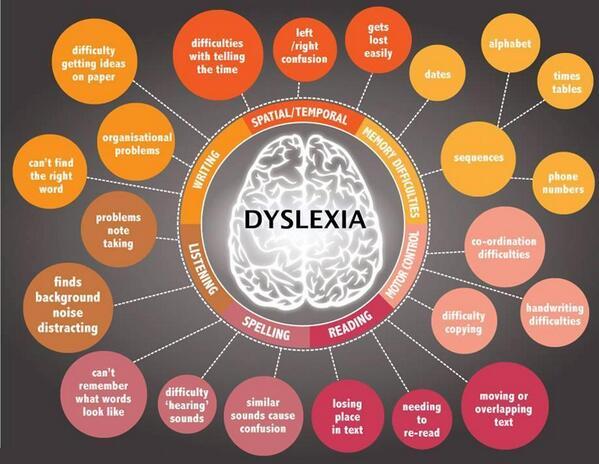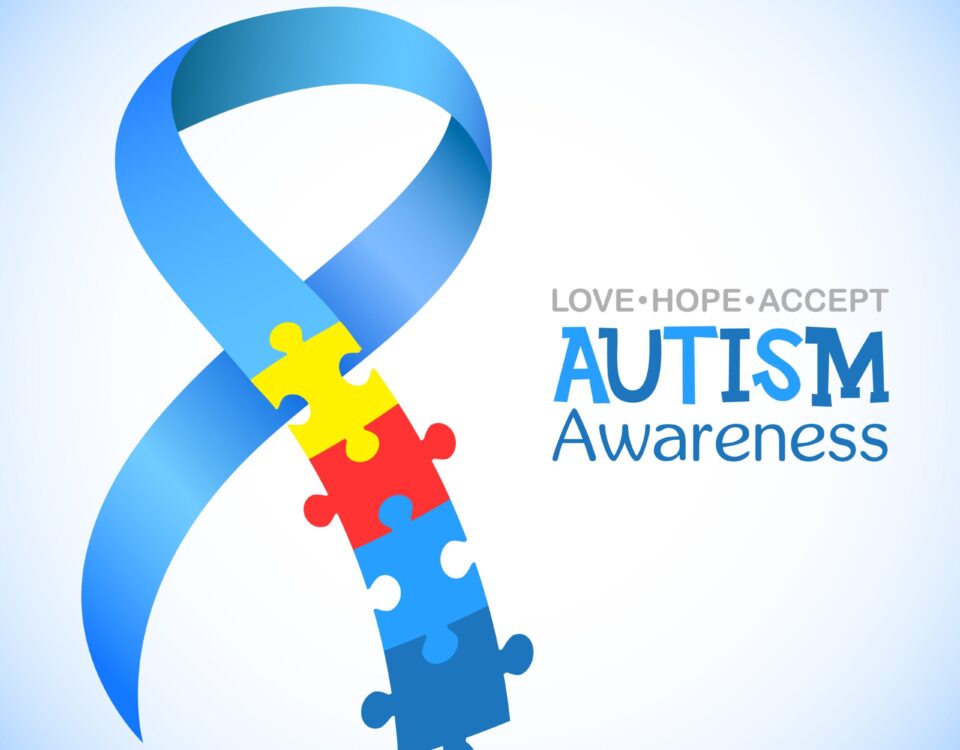- Have any questions?
- (561) 206-2574
- [email protected]
Understanding Dyslexia

Autism and Reading Comprehension
September 14, 2019Understanding Dyslexia

Understanding Dyslexia
By Lisa Priest
Did you know that up to 1 in 5 children in every classroom in the United States has dyslexia? This makes dyslexia one of the most common learning disabilities, but it often goes undetected in our education system. Does your child have difficulty decoding or sounding out words? Does it take your child so long to sound out words that they lose the meaning of what they are reading? If this is the case, your child may have dyslexia.
According to the International Dyslexia Association, “Dyslexia is a specific learning disability that is neurobiological in origin. It is characterized by difficulties with accurate and/or fluent word recognition and by poor spelling and decoding abilities. These difficulties typically result from a deficit in the phonological component of language that is often unexpected in relation to other cognitive abilities and the provision of effective classroom instruction. Secondary consequences may include problems in reading comprehension and reduced reading experience that can impede growth of vocabulary and background knowledge.”
Children with dyslexia have difficulty with sound and symbol correspondence. This means that it can be hard for them to match the correct letter sound to the appropriate letter symbol. Our English language further builds into letter and sound combinations. Difficulty with these letter sound combinations in turn causes slow and laborious decoding of words, which can impact all other areas of literacy such as vocabulary development and comprehension. While children with dyslexia have trouble learning to read, this in no way is indicative of their overall intelligence. Children with dyslexia are often very bright and creative thinkers.
What are the Characteristics of Dyslexia?
According to Dr. Sally Shaywitz of the Yale Center for Dyslexia and Creativity, here are some of the most common signs and symptoms of dyslexia excerpted from her book Overcoming Dyslexia (pp. 122-123):
Preschool
- Trouble learning common nursery rhymes, such as “ Jack and Jill”
- Difficulty learning (and remembering) the names of letters in the alphabet
- Seems unable to recognize letters in his/her own name
- Mispronounces familiar words; persistent “baby talk”
- Doesn’t recognize rhyming patterns like cat, bat, rat
- A family history of reading and/or spelling difficulties (dyslexia often runs in families)
Kindergarten and First Grade
- Reading errors that show no connection to the sounds of the letters on the page; will say “puppy” instead of the written word “dog” on an illustrated page with a picture of a dog
- Does not understand that words come apart
- Complains about how hard reading is; “disappears” when it is time to read
- A history of reading problems in parents or siblings
- Cannot sound out even simple words like cat, map, nap
- Does not associate letters with sounds, such as the letter b with the “b” sound
Second Grade through High School
- Very slow in acquiring reading skills. Reading is slow and awkward
- Trouble reading unfamiliar words, often making wild guesses because he/she cannot sound out the word
- Doesn’t seem to have a strategy for reading new words
- Avoids reading out loud”
What is the Effective Method of Instruction for Children with Dyslexia?
Children with dyslexia require an approach to instruction known as Orton Gillingham. Samuel T. Orton, a neuropsychiatrist and pathologist at Columbia University and Anna Gillingham, an educator and psychologist at Columbia University in the early twentieth century, developed the Orton Gillingham approach. Orton Gillingham is a highly structured and multisensory approach to reading. Children learn the rules of the English language in a systematic and cumulative way while all of the learning modalities (visual, auditory, kinesthetic, and tactile) are simultaneously engaged.
Children that receive this type of instruction can become successful and fluent readers. This approach to reading requires trainings, progress monitoring, and support in order to provide Orton Gillingham instruction appropriately. Due to the fact that there are not widespread trainings for all teachers, children with dyslexia are not always identified. The earlier children with reading deficiencies are identified, the better the outcome.
Outcomes
According to the Annie E. Casey Foundation, almost 9 out of 10 high school dropouts were struggling readers in third grade. In addition, the National Assessment of Adult Literacy describes that 7 out of 10 prison inmates cannot read above a fourth grade level. Lisa Priest, Director of Advocacy at Jamie The Tutor believes that by giving children access to Orton-Gillingham based programming from early childhood and beyond, they will become proficient in reading and illiteracy can be solved. She has seen many children with dyslexia succeed.

